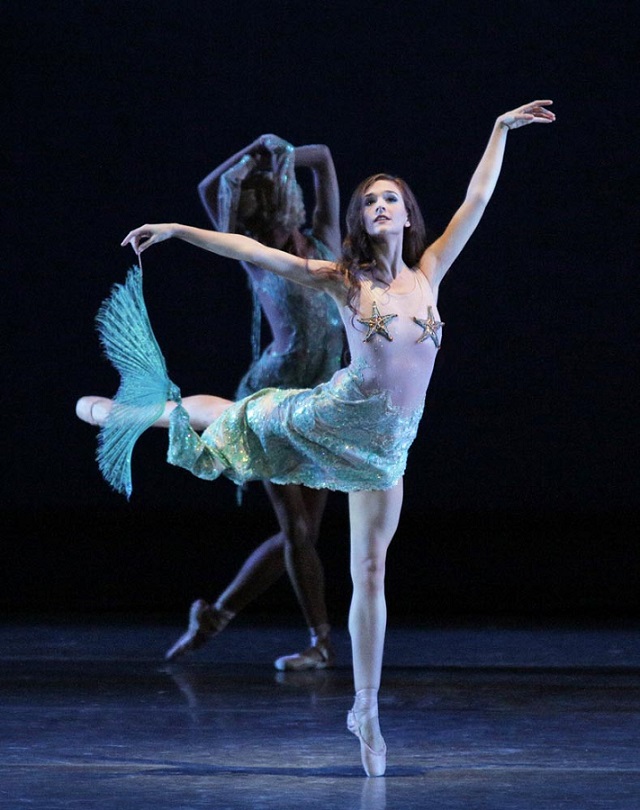Fall has arrived… Behold the changing leaves, and enjoy the crisp breeze. Let your eyes take in the bursts of color. Transformation is afoot and hope is in the air…
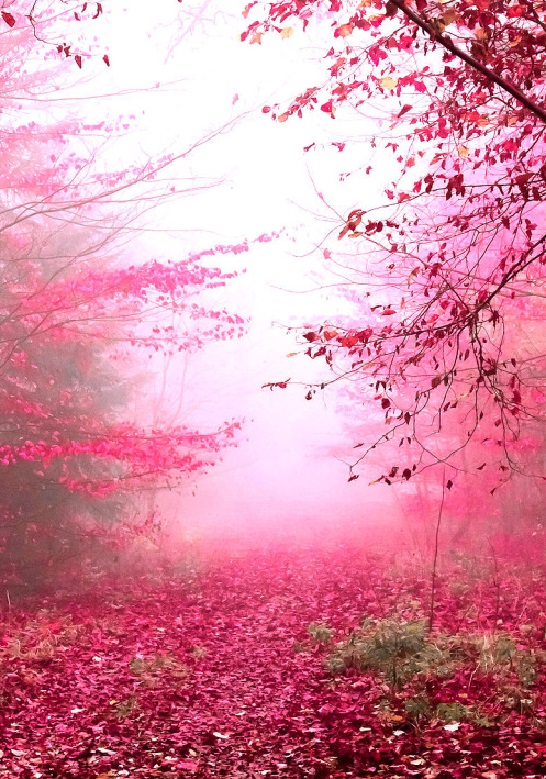
Fall has arrived… Behold the changing leaves, and enjoy the crisp breeze. Let your eyes take in the bursts of color. Transformation is afoot and hope is in the air…

Bartolomé Esteban Murillo (1618-1682): Beggar Boys Eating Grapes and Melon, c. 1650 - Bartolomé Esteban Murillo was a Spanish Baroque painter… Although he is best known for his religious works, Murillo also produced a considerable number of paintings of contemporary women and children… These lively, realist portraits of flower girls, street urchins, and beggars constitute an extensive and appealing record of the everyday life of his times…
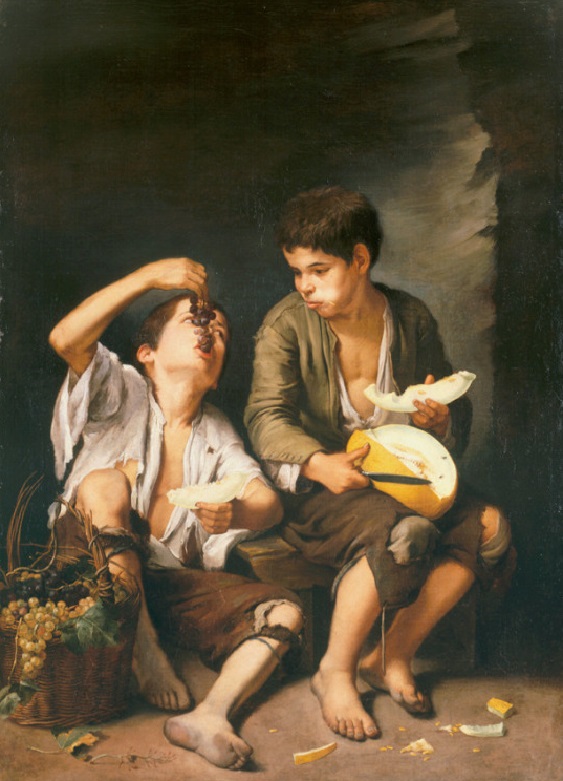
Helmut Newton Self-Portrait with Wife and Models, Vogue Studio Paris 1981 - Courtesy of the Helmut Newton Estate
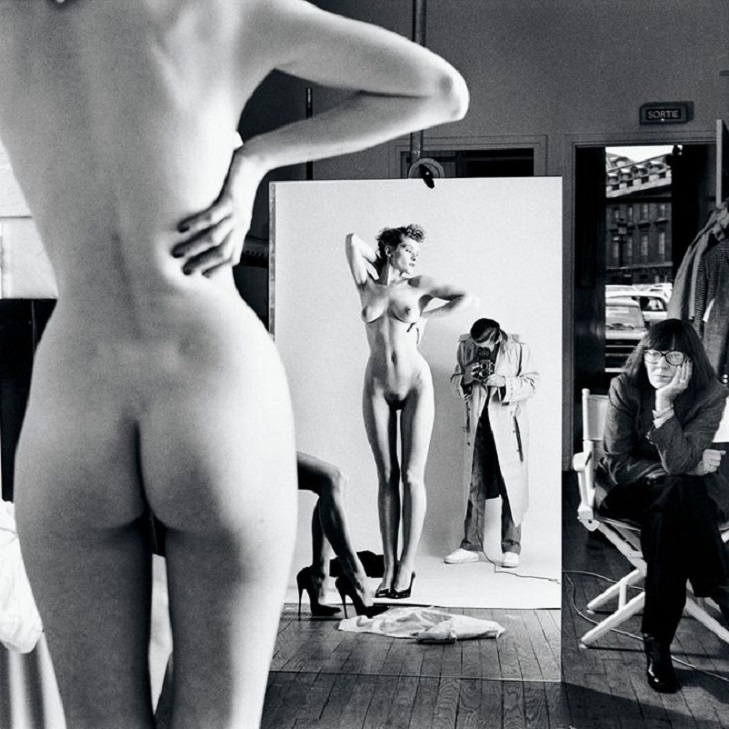
Camille Pissarro (1830-1903): Jalais Hill, Pointoise (1867) “This little valley, this hill have a heroic simplicity and forthrightness. Nothing would be more banal were it not so grand…” Émile Zola wrote of the manner in which Pissarro handled his rural subject matter… Indeed, the positive reception of the painting by critics and writers positioned Pissarro as an avant-garde painter in the second half of the nineteenth century…
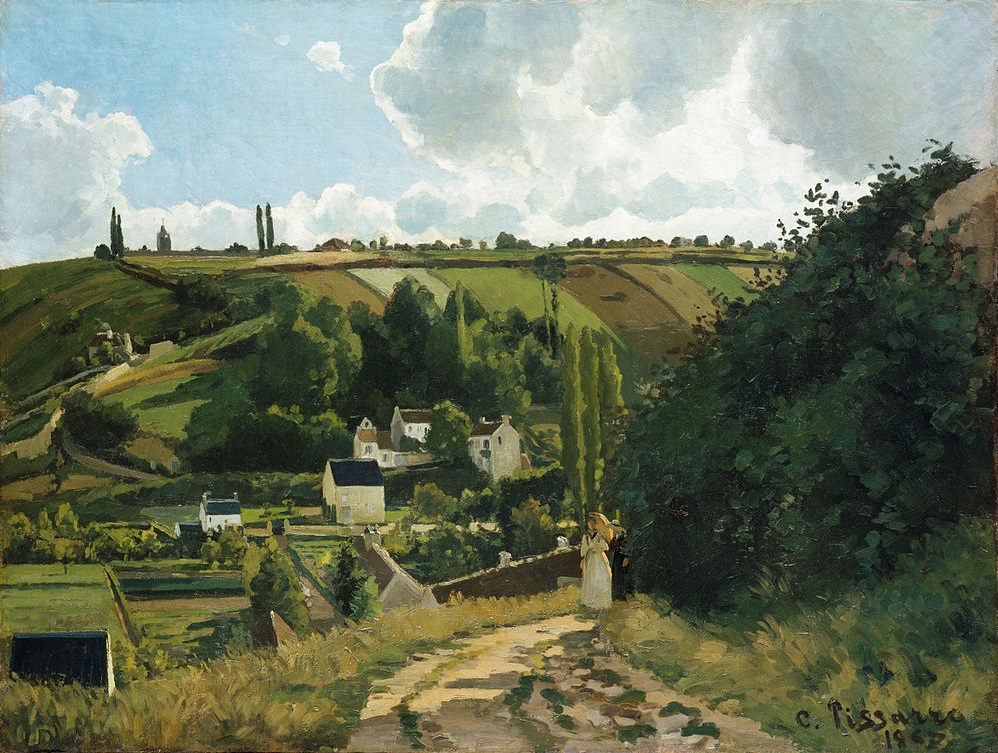
Natalie Dormer …need not fret about her allure… Hers is a startling beauty, sloe-eyed and curvy-lipped. Her voice is musical, posh without being pretentious…
(photographed by Jim Wright for the NY Post)
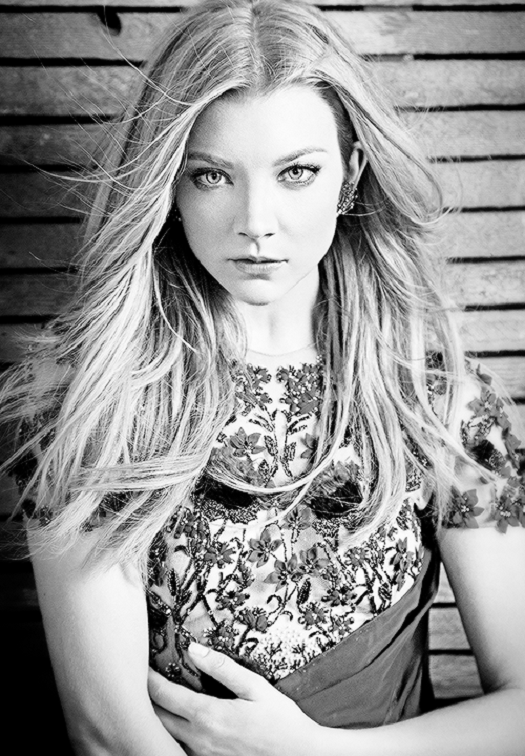
Marc Chagall (1887-1985): I and the Village, 1911 This early work clearly shows both the Cubist and Fauvist influences at play in Chagall's canvas, yet unlike the works of Picasso or Matisse, Chagall is far more playful and liberal with decorative elements, creating a pastoral paradise out of the Russian countryside. It is an early sign of the approach that would make the artist famous and influential: a blend of the modern and the figurative, with a light, whimsical tone… Chagall depicts a fairy tale in which a cow dreams of a milk maid and a man and wife (one upright,one upside down) frolic in the work fields…
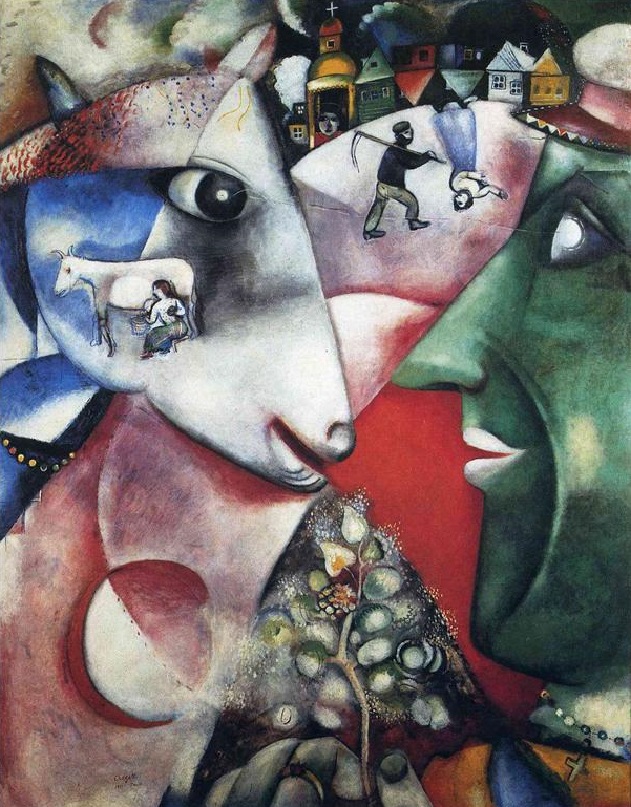
André Kertész, a master photographer of the twentieth century, was a pioneer in photographic composition and photojournalism who gained critical acclaim for his image distortions. Born in Hungary, he moved from Paris to New York during World War II. In 1963, he returned to Paris…
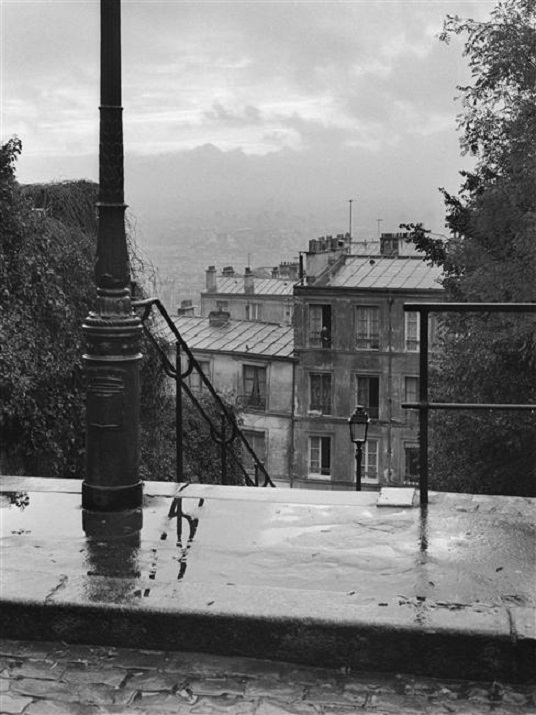
André Kertész: Paris, Oktober, 1963
Physicists say we are made of stardust… Intergalactic debris and far-flung atoms, shards of carbon nanomatter rounded up by gravity to circle the sun. As atoms pass through an eternal revolving door of possible form, energy and mass dance in fluid relationship. We are man, we are thought, we are story… We are all star stuff…

Piet Mondrian (1872-1944): Houses on the Gein (1900) is a good instance of Mondrian's manner and ideas around 1900, when he was twenty-eight and had just started painting landscapes in the surroundings of Amsterdam… Typical of the early Mondrian is the loose brush stroke, giving the impression of a direct oil sketch of the subject in the open air. This picturesque touch is characteristic of most of Mondrian's work during these years, not only the studies but also the finished paintings, it is probably one of his earliest accomplishments as a painter. A free flexible stroke was to remain a distinctive feature of his work down to his last pictures, his brushwork, mark of the experienced painter, always gave Mondrian's canvases their special vividness… In this approach, in this conception of nature, young Mondrian shows his individuality and independence...
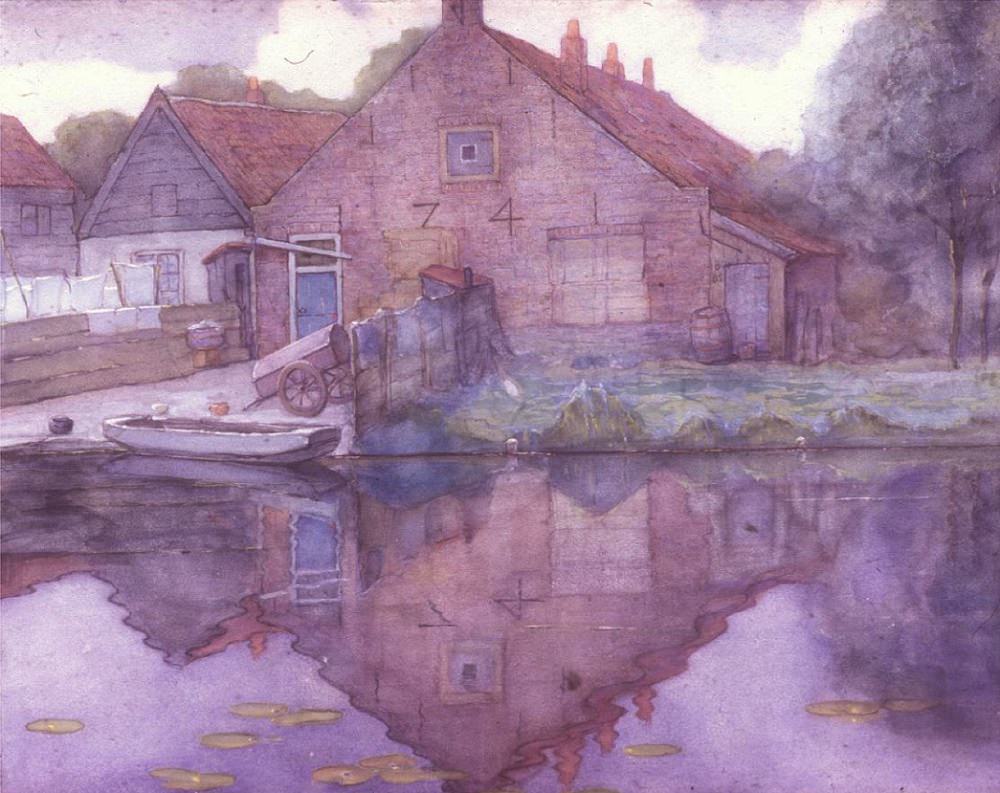
Ballet is hard! You do tons of combinations that the teacher designs to kill you and she yells at you the whole time about what your doing wrong and you want more then anything to please her and her to say good job so you try and try and try but your body just won't do it and thats just bar. At the end your feet kill your muscles ache. I wouldn’t trade a second of it for anything…
(Photo by Tony Quinn - The Dancer, 1985)
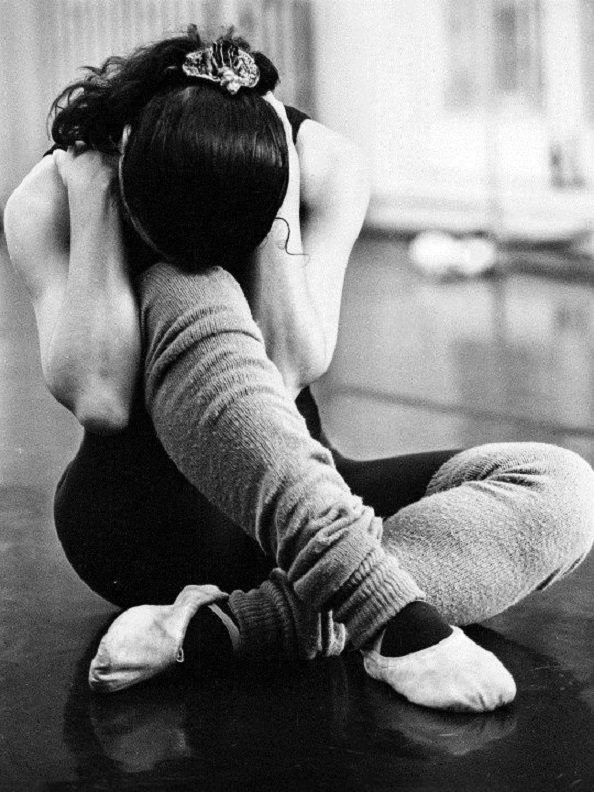
Claude Monet (1840-1926): Bordighera, Italy, 1884
I haven't yet managed to capture the colour of this landscape; there are moments when I'm appalled at the colours I'm having to use, I'm afraid what I'm doing is just dreadful and yet I really am understating it; the light is simply terrifying. Claude Monet
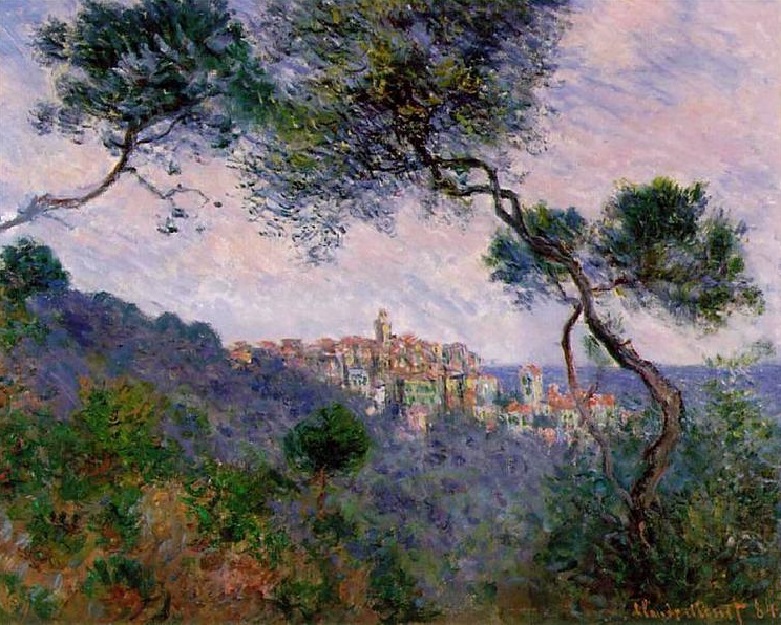
Joaquim Mir i Trinxet (or Joaquin Mir, 1873-1940): Canyelles
Joaquin Mir was a Catalan painter… Mir Trinxet painted landscapes in Tarragona and Majorca - perhaps his best known works - and certainly the ones that contributed most to create the myth of the artist that merged with nature and lost himself in a delirium of light and colour…
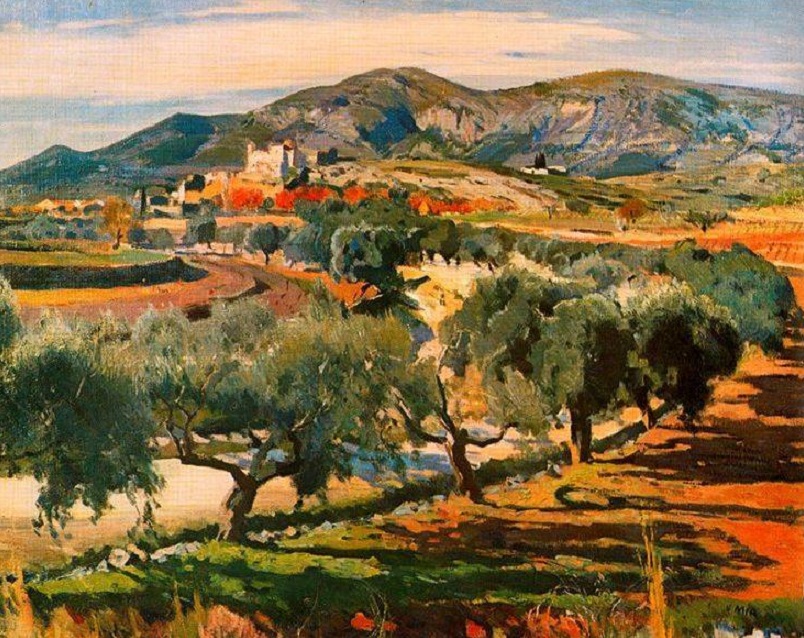
For at least two centuries, fashion and art have maintained a competitive love-hate relationship… Both fashion and art construct imaginary worlds, and use a language of style to invigorate beliefs, perceptions and ideas…
Jemma Baines (by David Roemer for Grazia France August 2013)
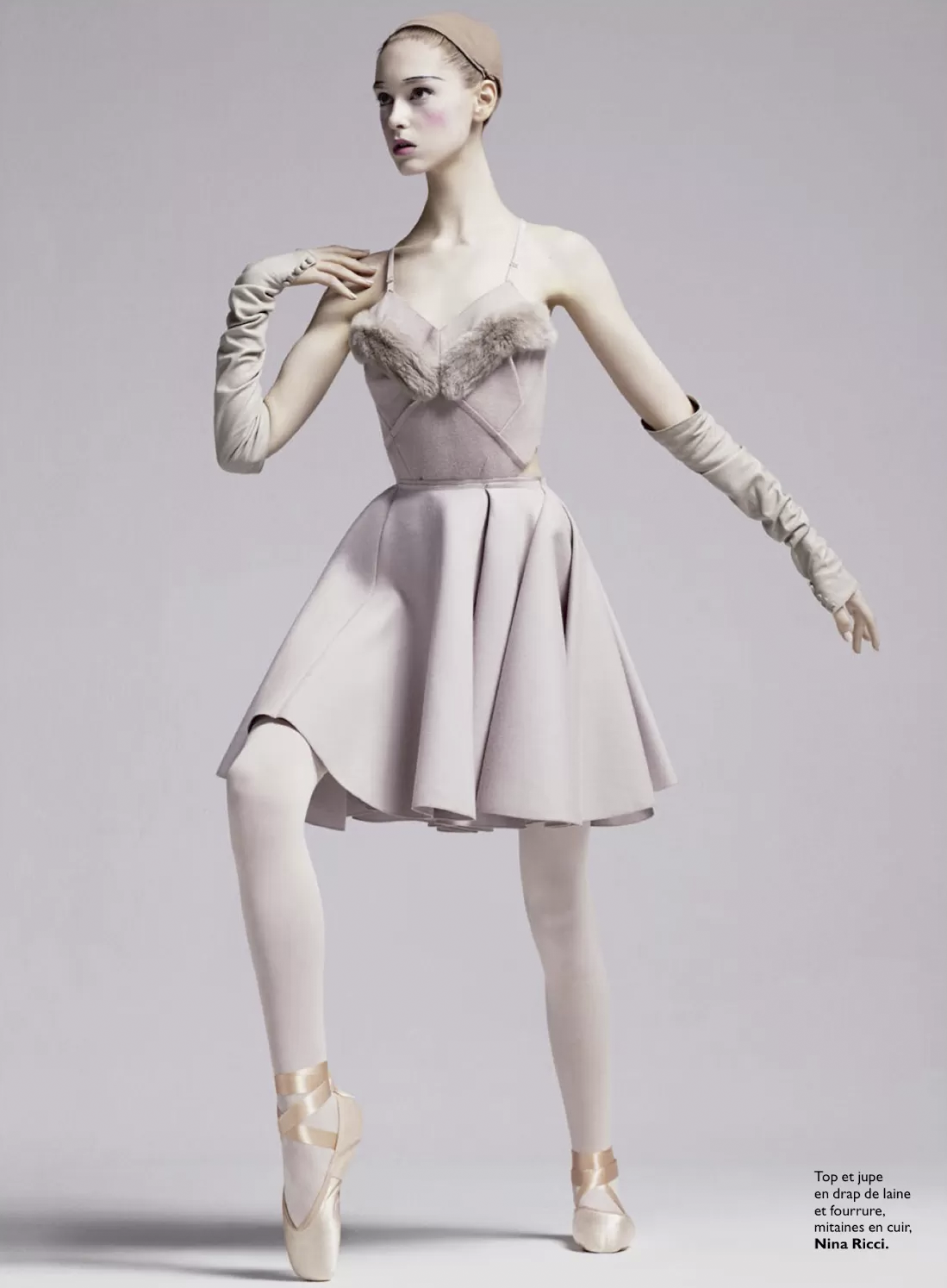
Edgar Degas (1834-1917) was a French painter, sculptor, printmaker and draftsman associated with the Impressionist movement. Although he is regarded as one of the movement’s founders, he rejected the label and preferred to be thought of as a realist. Unlike Impressionist painters, he was not as interested in the play of light across forms, and did not favor the Impressionist tendency for painting en plein air. However, his subject matter was distinctly Impressionist… The pure hues of pastel, along with its direct application, made it the perfect medium for Impressionists artists who sought to work quickly and capture the essence of their subjects. Degas is considered the artist most responsible for the transformation of pastel into a major medium. When he began working in pastel they were primarily used for portraits, and often as precursors to complete oil paintings. Degas, however, created a large body of finished pastel paintings from which many artists have learned…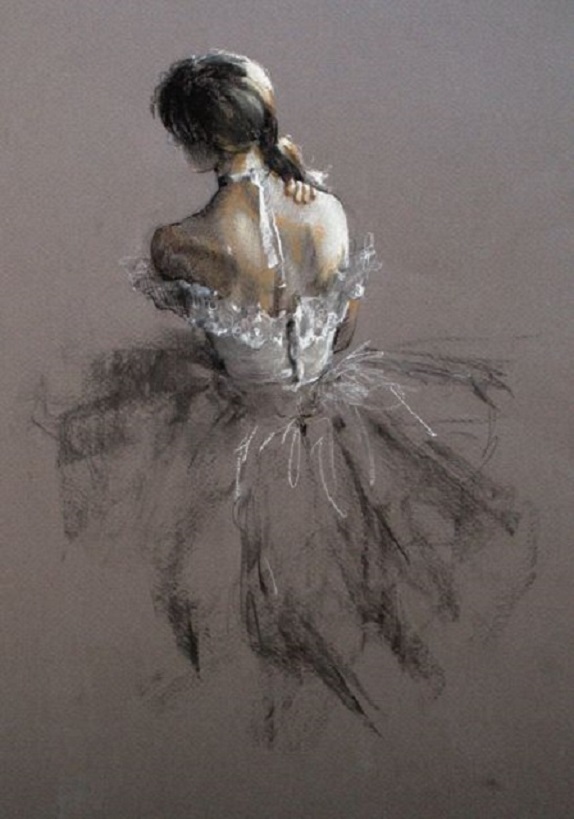
Lauren Lovette as the Mermaid in Wheeldon’s Carnival of the Animals. New York City Ballet, October 2013 (Photo: Paul Kolnik)
New York City Ballet is one of the foremost dance companies in the world, with a roster of nearly 100 spectacular dancers and an unparalleled repertory featuring works by George Balanchine, Jerome Robbins, Peter Martins and contemporary choreographers. NYCB is committed to promoting creative excellence and nurturing a new generation of dancers and choreographers…
